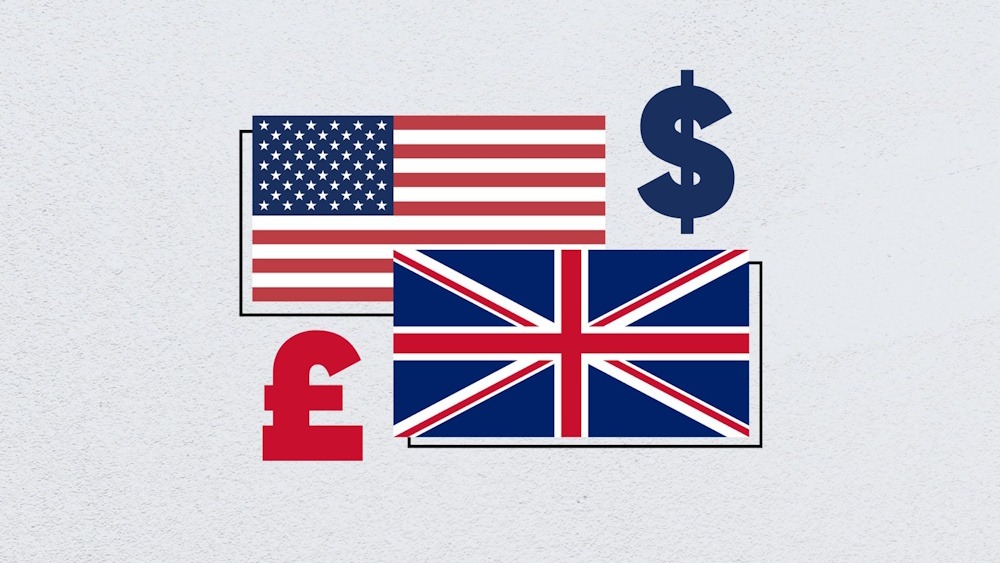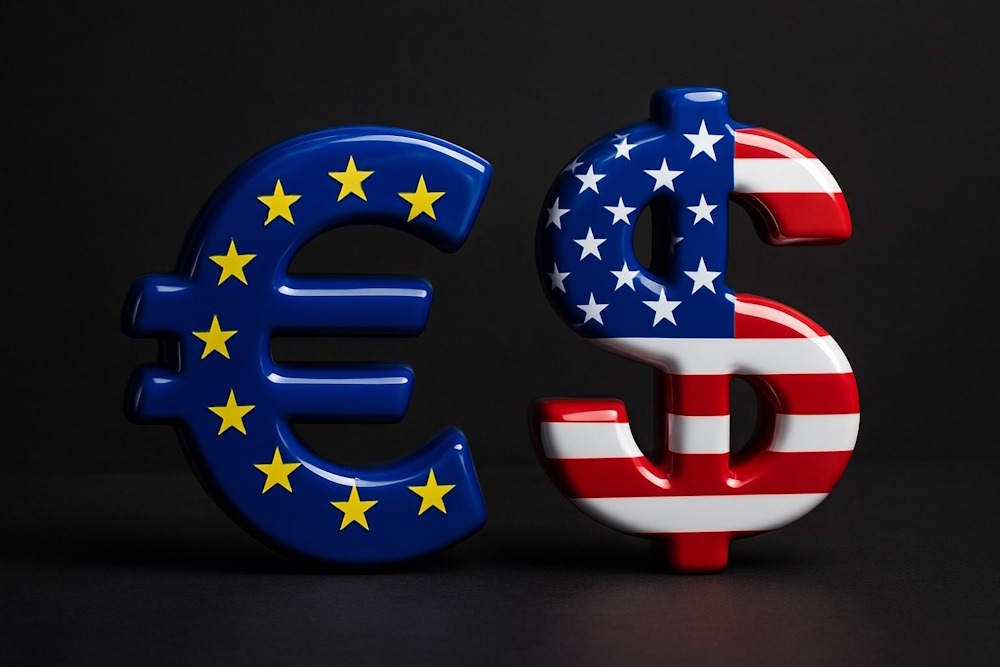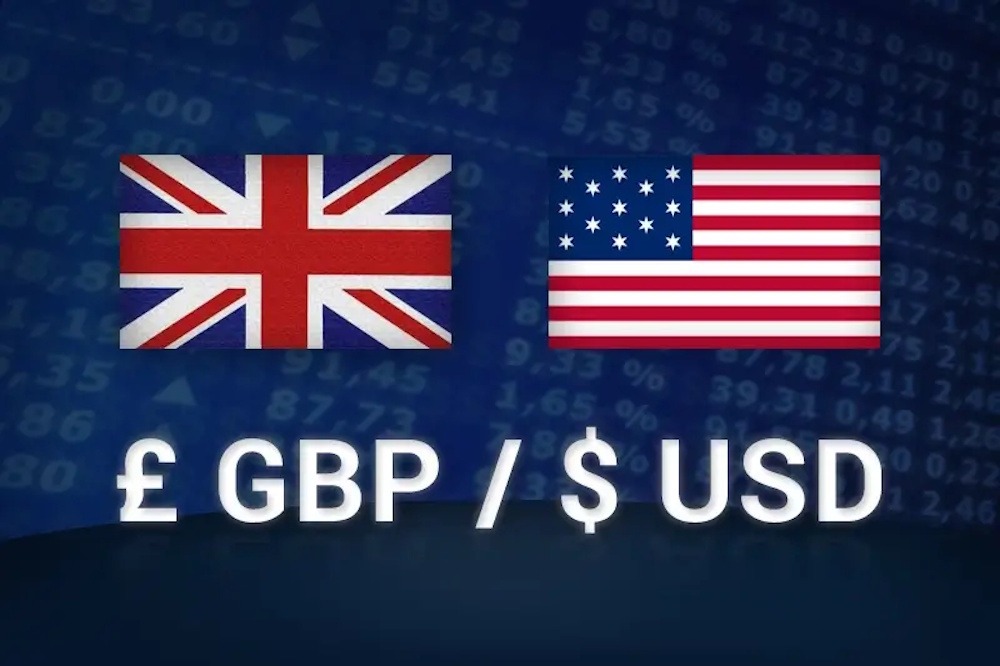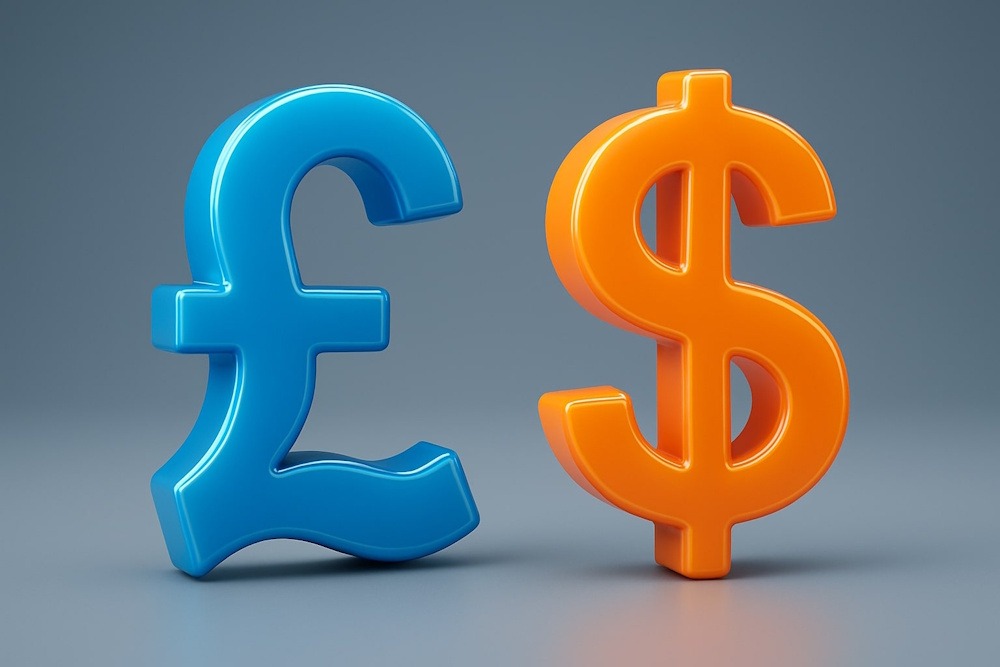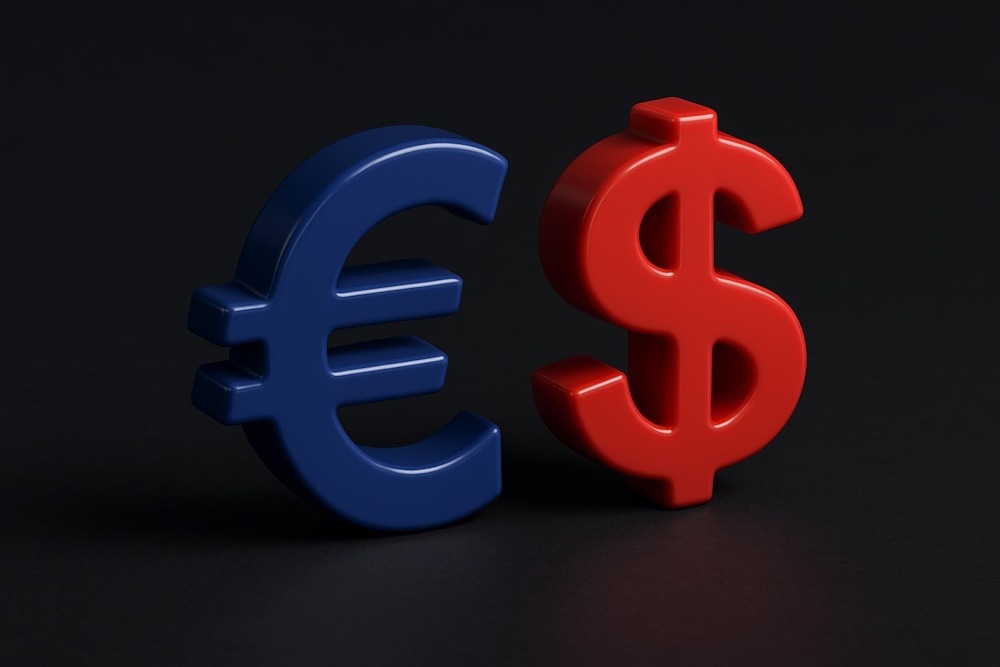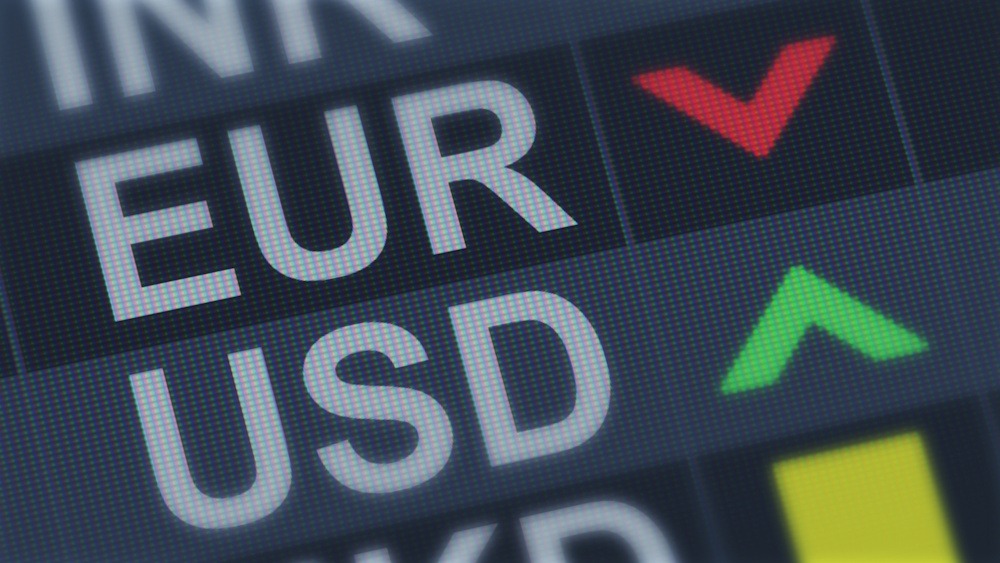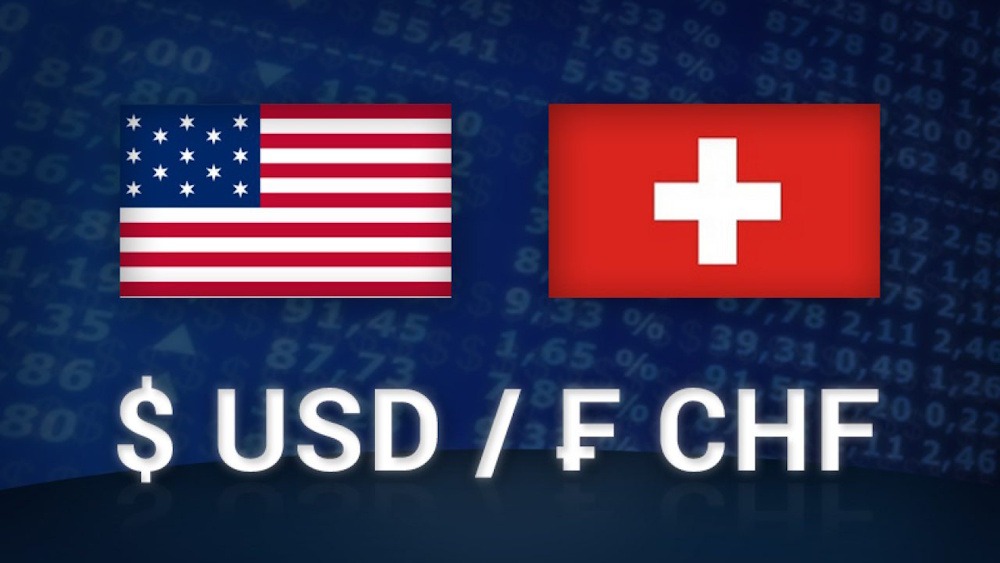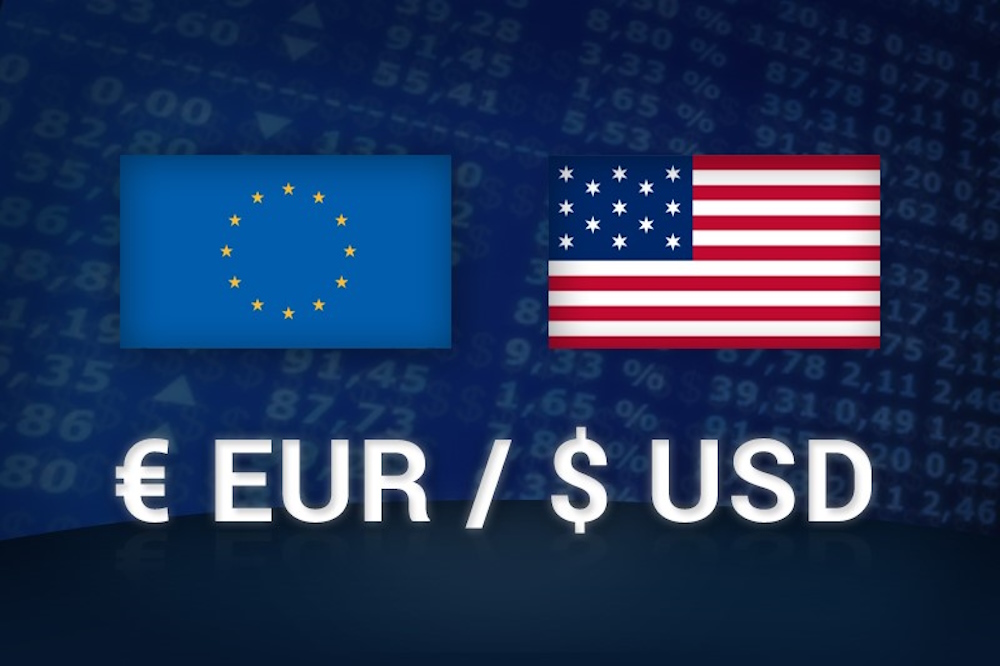GBP/USD falls as BoE keeps rates, reduces QT, and indicates cuts
The Bank of England decided to keep rates constant after the Federal Reserve started its 2025 easing cycle, which caused the British pound to reverse course and fall more than 0.51% on Thursday. The GBP/USD pair is currently at 1.3551, following a daily peak of 1.3660. GBP/USD pulls back following the BoE’s 7–2 decision to … Read more

